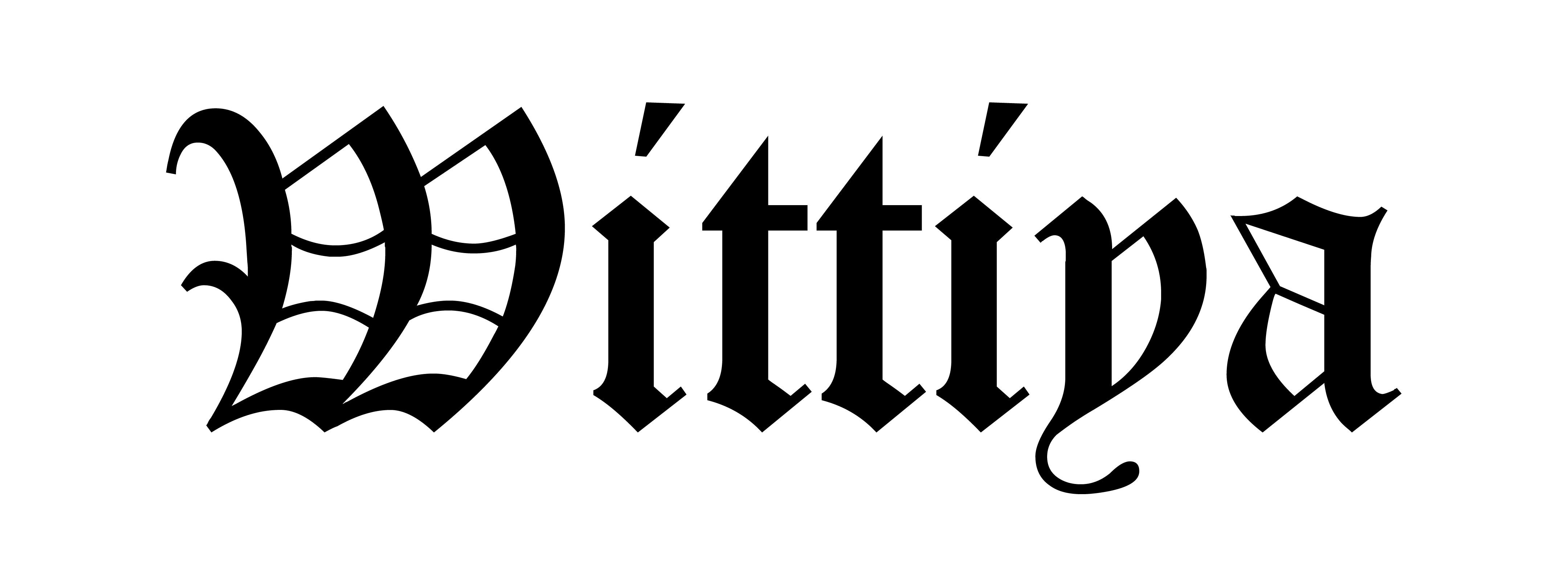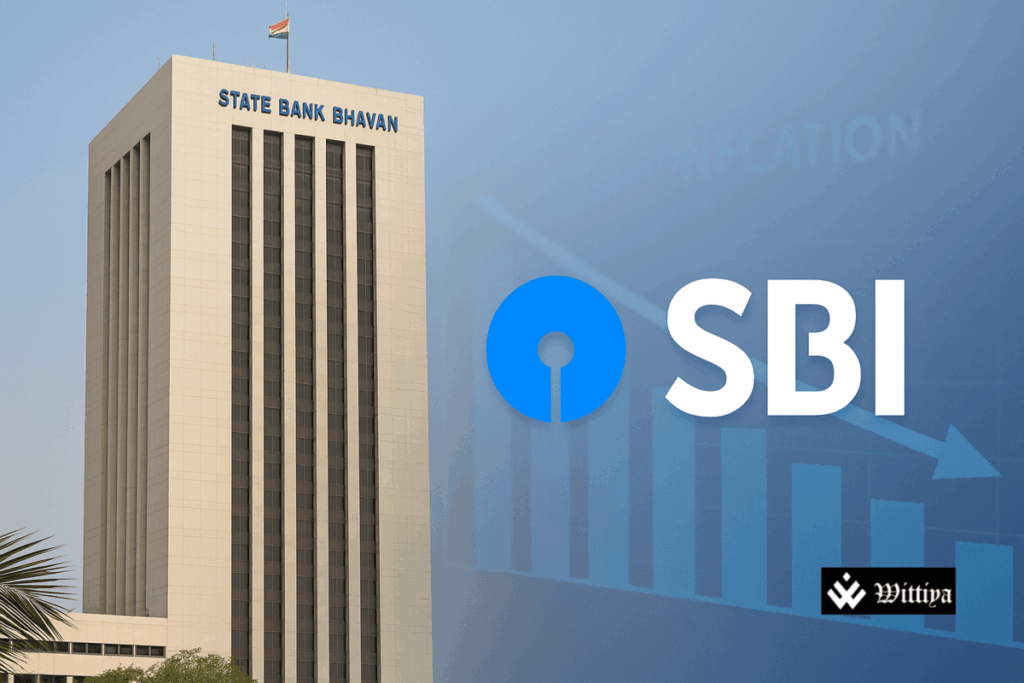The State Bank of India (SBI), headquartered in Maharashtra, India, has projected that the country’s retail inflation will stay below 3% during the first quarter of the current fiscal year, ending June 2025. The public sector banking giant, which plays a key role in India’s financial system, attributes the expected drop to a sharp decline in food prices. In March 2025, CPI inflation fell to a 67-month low of 3.34%, prompting SBI to suggest that the Reserve Bank of India (RBI) could consider interest rate cuts as India enters a “Goldilocks period” — a phase of low inflation and stable growth. SBI also forecasts average CPI inflation for FY26 to range between 3.7% and 3.8%, barring any major spike in food prices.
The State Bank of India (SBI), the country’s largest public sector lender headquartered in Mumbai, Maharashtra, has forecasted that India’s retail inflation is likely to remain below 3% in the first quarter of the current fiscal year, which runs from April to June 2025. The projection is based on a steep decline in food prices and an overall moderation in consumer price trends, according to the bank’s latest research report.
In its economic analysis, SBI noted that consumer price index (CPI) inflation dropped to a 67-month low of 3.34% in March 2025, primarily due to a correction in food inflation. This moderation is expected to continue supporting a lower inflationary trend, potentially keeping average CPI inflation below 4% for the entire FY26.
SBI’s report estimates that, unless disrupted by unforeseen spikes in food costs, the average CPI inflation for FY26 will likely range between 3.7% and 3.8%. The bank also highlighted a gradual rise in core inflation—which excludes volatile food and fuel prices—rising from 3.28% in August 2024 to 4.1% in recent months.
Given the favorable inflation outlook, SBI has suggested that the Reserve Bank of India (RBI) could consider cutting interest rates to stimulate the economy. The report describes the current macroeconomic environment as a potential “Goldilocks period”, characterized by moderate inflation and stable growth—ideal conditions for policy easing.
This projection offers a positive signal for policymakers and investors as India navigates fiscal planning and monetary decisions in FY26. However, the bank has also cautioned that any unexpected volatility in food prices or external shocks could influence the inflation trajectory in the coming quarters.



